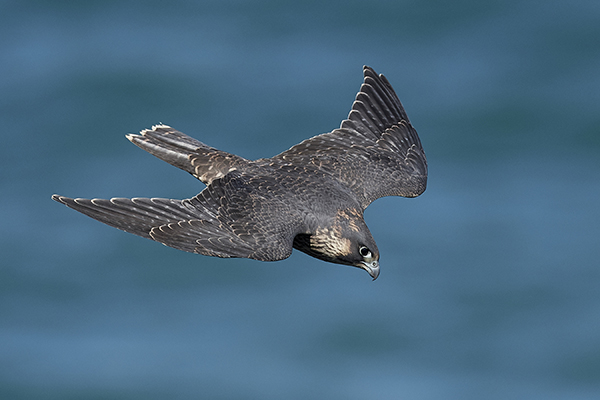
Researchers from the United States and Canada joined forces to understand how bird populations changed across North America. They looked at existing data chronicling birdlife and found that common bird species decreased in number by as much as 29 percent.
The researchers said that the losses serve a huge blow to agriculture and overall ecological balance. Many of the birds included in the study are common bird species, which play a pivotal role in controlling pests and dispersing seeds.
"We expected to see continuing declines of threatened species. But for the first time, the results also showed pervasive losses among common birds across all habitats, including backyard birds," said lead author Ken Rosenberg of Cornell University and the American Bird Conservancy.
Common bird species suffer losses
In the study, the researchers examined the populations of various bird species. They combined data from several independent sources including data that were obtained after almost 50 years of on-the-ground monitoring. They also used data from the 143 Next Generation Weather Radar stations, which detect migrating birds in the air.
The team found that North American birds were fewer by three billion since 1970. That's one out of four birds gone. About 90 percent of the total loss involved 12 bird families such as swallows, blackbirds, warblers, sparrows and finches.
Meanwhile, the species that were most affected included grassland birds and shorebirds, which lost about 720 million and more than one-third of their numbers, respectively.
Many of these birds play an important role in keeping crops healthy and maintaining the population levels of their prey and predator species. Therefore, the researchers were alarmed that their decline may mirror some changes in other animal populations, such as insects and amphibians.
While most bird species included in the study remain common today, study co-author Peter Marra of the Smithsonian Conservation Biology Institute was cautious.
“That’s what happened with the Passenger Pigeon, a bird that was really common and nobody thought could ever go extinct," said Marra. The losses are also gradual, which means that they occur even without anyone noticing they're happening.
Several factors contribute to the decline of bird populations. Two of the major players are urban sprawl and agriculture.
“We’re squeezing the planet so hard in terms of using resources and space. And now we’re reaching this tipping point," said Rosenberg.
Other factors include the rise of domestic cat populations, collisions with glass structures and buildings, and pesticide use. (Related: Why are the animals dying? Birds, fish wiped out in mysterious deaths.)
Bringing back birds
Despite the losses, however, some bird species are also recovering. Raptors such as the bald eagle and waterfowl like swans and geese have surged in the last few decades. These recoveries were the result of sustained conservation efforts. For example, banning the pesticide DDT and increasing protection through legislation helped boost the raptor populations.
Co-author Michael Parr is hopeful that despite the decline in some species, it's not too late to try saving birds. He encouraged people to help in their own ways. Actions such as keeping cat indoors, protecting avian habitat and making windows safer for birds help ensure their survival.
More so, Parr continued, it's important for policymakers to enact laws and strengthen existing ones such as the Migratory Bird Treaty Act. Proper funding is also required to build effective programs that will rehabilitate bird populations.
These combined efforts can revitalize ailing bird species. The losses do not mean that the birds are totally gone; what remained of them can be used to spur recovery and bring them back to their regular numbers.
Learn more about animal conservation at Environ.news.
Sources include:
Please contact us for more information.























